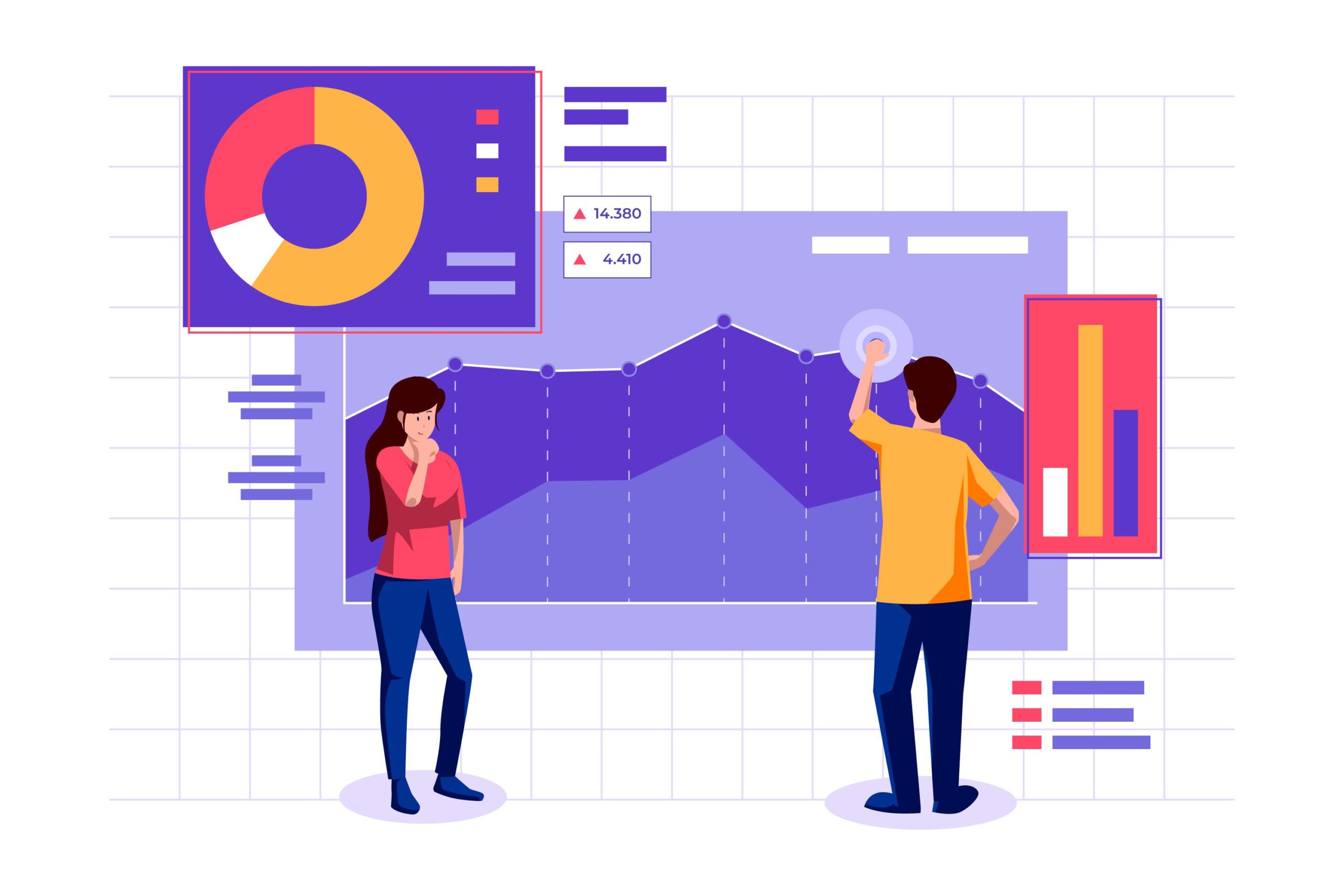Data analysis as a key trend at annual general meetings
Trend observations from 120 Annual General Meetings
Around 120 general meetings have now been held via Konsento, and around a third of these involved resolutions that were notarised online by a notary. Based on this experience, we have compiled observations that we are presenting in a three-part blog series. We will be highlighting trends that influence the success of the public limited company beyond the AGM in some cases. Each blog is dedicated to a specific group of topics and offers valuable insights and tips for planning and organising general meetings.
In this blog, we shed light on the fact that data hunger and data analysis do not stop at general meetings and how electronic means support this trend.
Growing interest in data analysis
The objection is close at hand that software solutions are not necessary for a general meeting with physical attendance, especially if they have already been held in the past without technical means. Especially when it comes to small and medium-sized public limited companies.
At the same time, we are observing that data analysis and processing do not stop at general meetings: for example, the Board of Directors would like to know before the general meeting how many shareholders or the votes they represent have registered or instructed the proxy; the independent proxy would like to check whether the instructions have been recorded correctly; the notary would not only like to be shown the resolutions and voting results with exact voting ratios for the notarisation, as required by law, but would also like to check the plausibility of the composition based on the voting behaviour of the individual shareholders for each agenda item; the Board of Directors of the listed company would like to transmit the resolutions with the exact voting ratios to the stock exchange immediately after the AGM closes; and, of course, all information relevant to the minutes should be extracted from the database and inserted into a draft of the minutes. Of course, all of this can also be done manually, but it is faster, more comprehensive and more accurate with electronic systems.
Efficiency through electronic systems
Of course, these information requirements already existed in the past, and of course they can also be satisfied using analogue means and methods. However, if general meetings are organised by electronic means and carried out with the involvement of all participants such as the board of directors, shareholders, proxies and notaries, the information requirements can be met more quickly, comprehensively and precisely with the resulting data. Furthermore, minutes, voting results, certificates and commercial register applications can be prepared more quickly and efficiently. Technical means thus make the entire process of the general meeting more efficient and transparent.
Review and outlook
The first blog in this series dealt with the Annual General Meeting as a marketing platform, while this one looked at the growing need for data analysis. The next blog will take a closer look at the balance between the Board of Directors' need for autonomy and support.
We would be happy to present our innovative AGM tool in more detail during a non-binding demo appointment. .
Sign up for our newsletterto stay up to date with company management.
Or follow us on social media:


